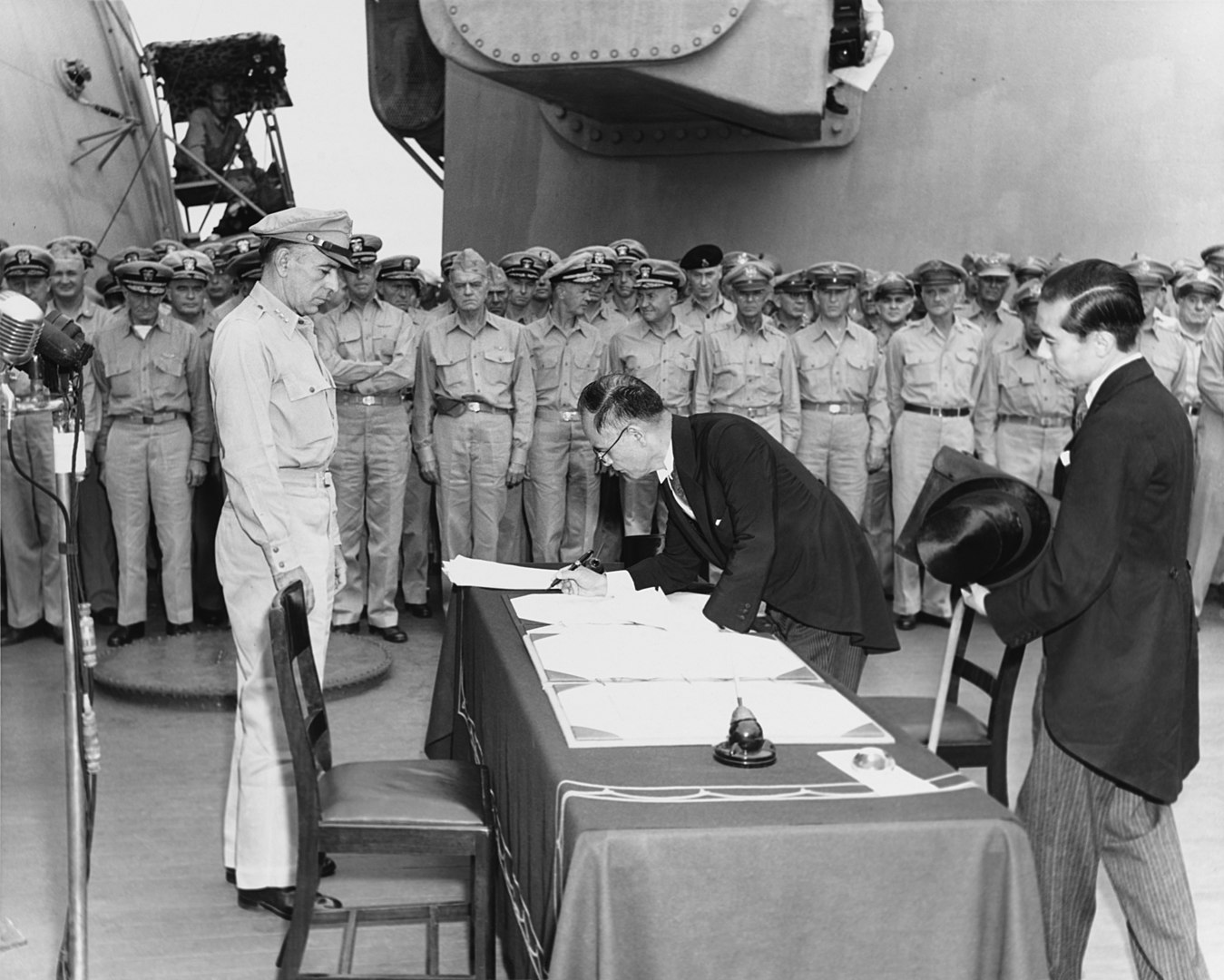After the United States dropped atomic bombs on Hiroshima and Nagasaki, Japan hesitated to surrender for several reasons. Firstly, they were determined to retain their emperor, an essential figure in Japanese culture and tradition. Additionally, they desired to conduct their own war trials instead of facing occupation by U.S. forces.
Moreover, Japan was reluctant to admit defeat and preferred to attribute its surrender to the devastating power of the atomic bombs rather than military defeat. These factors contributed to Japan’s initial reluctance to surrender despite the catastrophic impact of the atomic bombings.
Japan clung to hope that the Soviet Union could help them negotiate an alternative to surrender. However, their hopes were dashed when the Soviet Union declared war on Japan on August 9, 1945. This development eliminated the possibility of a mediated peace agreement. Subsequently, after the Soviet declaration of war and the U.S. dropping another atomic bomb on Nagasaki, the Japanese Supreme Council convened to deliberate on surrender. Despite facing a deadlock, Emperor Hirohito intervened and broke the tie, signaling Japan’s readiness to end the war.

On August 10, 1945, Japan proposed a conditional surrender to the U.S., stipulating that Emperor Hirohito remain the symbolic head of Japan. However, the U.S. rejected this proposal and insisted on an unconditional surrender. Eventually, Japan acquiesced to defeat. Emperor Hirohito announced Japan’s surrender over the radio on August 15, attributing the decision to the devastation caused by the atomic bombings.
On August 12, the United States announced its willingness to accept Japan’s surrender, specifying that the emperor would retain only a ceremonial role. Meanwhile, Japanese leaders debated whether to accept the American terms or continue fighting. As tensions mounted, conventional air raids resumed on Japan on August 13, resulting in the deaths of thousands of civilians while the government deliberated.
The Japanese populace learned of the surrender negotiations on August 14 when B-29s dropped leaflets over Tokyo containing translated copies of the American response from August 12. Sensing the situation’s urgency, Emperor Hirohito convened another cabinet meeting later that day, urging them to accept the Allied terms immediately. He expressed his concern for the suffering of his people, emphasizing that prolonging the war would lead to further devastation and the potential annihilation of the nation.
Avid Writer with invaluable knowledge of Humanity!
Upcoming historian with over 30 million views online.
“You make your own life.”





